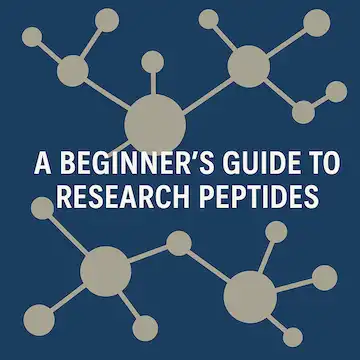ResearchHow-To
Understanding Bacteriostatic Water, A Comprehensive Guide
Bacteriostatic water might sound like “just water,” but in labs and clinics around the world it’s a cornerstone for safe injections and reliable assays. Here’s what you need to know.
A Brief History
In the early 1900s, multi-dose vials were a bacterial nightmare—every withdrawal risked contamination. Enter benzyl alcohol: a mild preservative that inhibits bacterial growth. By the mid-20th century, adding 0.9% benzyl alcohol to sterile water became the go-to method, allowing up to 28 days of safe, multi-use vials.
Why Choose Bacteriostatic Water?
- Multiple Withdrawals: Unlike plain sterile water, you can draw from the same vial repeatedly without risking bacterial growth.
- Extended Shelf Life: Once opened, it remains sterile for weeks if stored properly (20–25 °C).
- Versatility: Ideal for reconstituting peptides, hormones, and small-molecule drugs in research and clinical settings.
Key Specifications
| Parameter | Requirement |
|---|---|
| Active Ingredient | Benzyl alcohol, 0.9% w/v |
| Solvent | USP-grade Water for Injection |
| Sterility | USP <71> certified |
| Endotoxin | ≤ 0.25 EU/mL |
| pH Range | 4.5 – 7.0 |
| Appearance | Clear, colorless, particulate-free |
Safe Handling Tips
- Clean Vial Tops: Always disinfect the rubber stopper with an alcohol pad before inserting a needle.
- Aseptic Technique: Use sterile gloves and work in a clean environment.
- Discard When in Doubt: If the solution appears cloudy or tinted, throw it away—no shortcuts.
Cool Fact
Despite its name, bacteriostatic water does not kill bacteria—it only prevents them from multiplying. That’s why proper aseptic technique is still crucial.
Quick Resource Links
With this knowledge in hand, you’ll be ready to order, handle, and use bacteriostatic water confidently—whether you’re prepping peptide vials or running cell culture protocols.
— KC Pepperman


